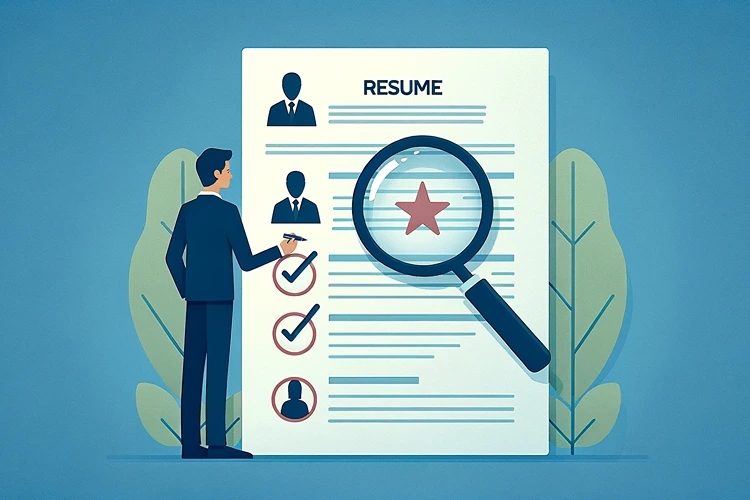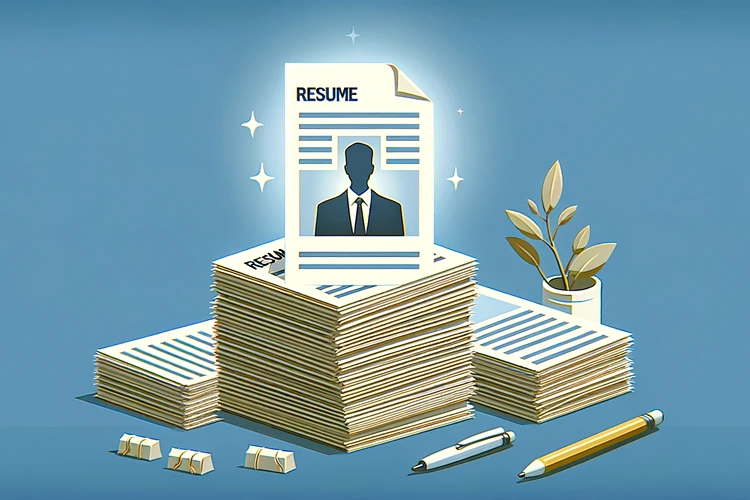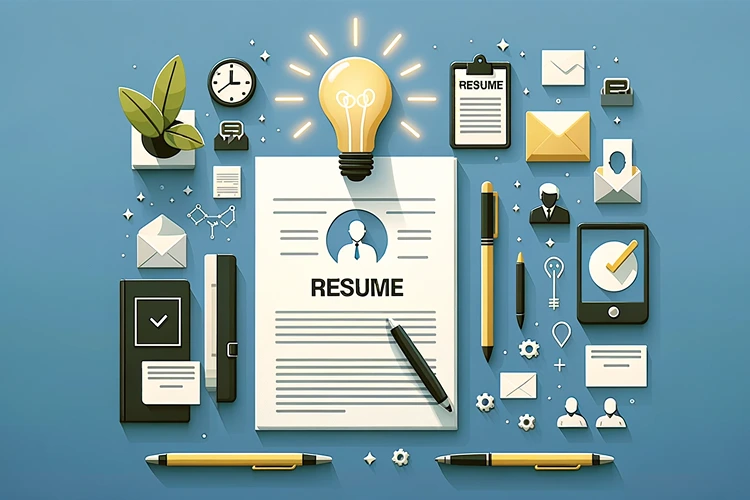Crafting a resume that distinguishes you from the sea of candidates is no small feat. In the fast-paced world of job hunting, where hiring managers skim through piles of applications, making your resume stand out becomes not just beneficial but essential. But what transforms a standard resume into an unforgettable one? This article delves into practical tips and tricks to elevate your resume, ensuring it not only grabs attention but also compellingly presents your skills and experiences. From leveraging strategic formatting to emphasizing impactful achievements, we’ll guide you through enhancing your resume for that competitive edge. Whether you’re aiming for a career leap, a transition, or simply looking to refresh your professional summary, these insights will help you craft a resume that shines brightly in any applicant pool.
Understanding the Role of Your Resume
Your resume is more than a list of jobs and educational achievements; it’s a personal marketing tool that communicates your value to potential employers. It should reflect your professional journey, highlight your accomplishments, and demonstrate how you can solve the needs of your prospective company.
Customizing Your Resume for the Job
One size does not fit all when it comes to resumes. Tailoring your resume for each application is pivotal. Start by analyzing the job description and use it as a guide to emphasize the skills and experiences that align with the role.
- Match the Job Description: Use keywords and phrases from the job posting. This not only shows you’re a good fit but also helps your resume pass Applicant Tracking Systems (ATS).
- Focus on Relevance: Highlight your most relevant experiences first, even if it means rearranging the typical resume format.
Helpful Hint:
When customizing your resume, pay special attention to the ‘Required Skills’ section of the job listing. Mirror the language used here to increase the chances of your resume making it past automated screenings.
Highlighting Achievements Over Duties

Employers want to know how you can contribute to their success. Instead of listing job duties, focus on your achievements in each role. Use quantifiable data to demonstrate your impact wherever possible.
- Quantify Your Success: Use numbers to give context to your achievements. For example, “Increased sales by 20% within the first year” is more impactful than “Responsible for managing a sales team.”
- Use Action Verbs: Start each bullet point with a strong action verb. “Led,” “Developed,” and “Implemented” are more dynamic than phrases like “Was responsible for.”
Helpful Hint:
Think beyond your job title. Consider projects or initiatives you led outside of your regular duties that contributed to your team or company’s success.
Design and Layout Matter
The visual appeal of your resume can significantly impact its readability and overall impression. A clean, well-organized layout helps ensure that key information catches the recruiter’s eye.
- Use White Space: Avoid clutter by using margins and spacing effectively. This makes your resume easier to read and visually appealing.
- Choose a Professional Font: Stick to fonts that are professional and easy to read, such as Arial, Calibri, or Times New Roman, in a 10-12 point size.
Optimizing Your Resume for Applicant Tracking Systems (ATS)

In the digital age, your resume is likely to encounter an ATS before it reaches human hands. Optimizing for these systems ensures your resume won’t be filtered out before it’s even seen.
- Use Keywords Wisely: Incorporate industry-specific keywords and phrases that are likely to be programmed into the ATS. However, avoid keyword stuffing; ensure your resume reads naturally.
- Simple Formatting: Some ATS systems struggle with complex formatting. Stick to a simple layout and avoid headers, footers, and graphics that might confuse the software.
Helpful Hint:
Submitting your resume in PDF format can sometimes cause issues with ATS parsing. Unless specified, consider using a Word document to ensure compatibility.
Writing a Compelling Summary Statement
Your summary statement is your elevator pitch, situated at the top of your resume. It should succinctly outline your qualifications, experience, and what you bring to the table.
- Keep It Concise: Aim for three to four sentences that encapsulate your professional identity and most significant accomplishments.
- Tailor It to the Role: Reflect the language of the job listing to immediately show your relevance to the position.
Addressing Employment Gaps and Career Changes
Gaps in employment or a significant career change can be red flags for recruiters, but they don’t have to be deal-breakers. The key is addressing them proactively.
- Be Honest: If asked, be prepared to explain any gaps in employment honestly but positively, focusing on growth and learning during those periods.
- Highlight Transferable Skills: For career changers, emphasize the skills and experiences that are relevant to the new field.
Helpful Hint:
If you’ve taken courses, volunteered, or freelanced during periods of unemployment, be sure to include these experiences on your resume. They can fill gaps and demonstrate your commitment to professional development.
FAQs
How often should I update my resume?
Regularly update your resume, even when you’re not job searching. Adding new skills, experiences, and achievements as they occur keeps it ready for any opportunity.
Can a resume be longer than one page?
For those early in their career, a one-page resume is standard. However, more experienced professionals can extend to two pages if the additional information is relevant and adds value.
What’s the best way to send my resume?
Unless specified otherwise, send your resume as a PDF to preserve the formatting. Check the job listing for any specific instructions regarding file format.
Bottom Line
Creating a resume that stands out requires a blend of strategic content, thoughtful design, and an understanding of the recruitment process. By tailoring your resume to each job, focusing on achievements, and preparing for ATS, you can increase your chances of making a lasting impression. Remember, your resume is a living document that reflects your professional journey; treat it with care and regular attention to ensure it always represents your best self.
In a world where the first impression might be your only chance, a standout resume is your ticket to the next big opportunity in your career.
Additional Resources:
- Canva: Provides a variety of resume templates that are visually appealing and easy to customize. A great tool for those looking to add a creative touch to their resumes. Visit canva.com.
- Zety: A comprehensive career website offering resume and cover letter tips, templates, and examples. Zety’s resources can help job seekers effectively showcase their skills and experiences. Check out zety.com.
- Resume Genius: Offers step-by-step guides and free templates for creating professional resumes. It’s a valuable resource for anyone looking to improve their resume. Visit resumegenius.com.
